Intelligent Machines
100 Years of IBM in Pictures
From clocks to supercomputers, IBM has a rich history of technological developments. Here’s a look back at its most notable innovations.
Jul 1, 2011
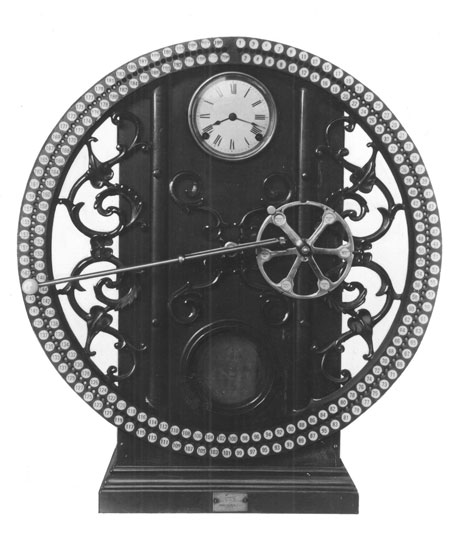
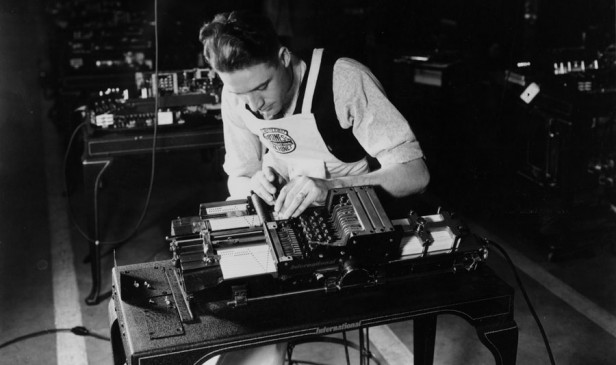
The punch-card technology shown here helped tackle large-scale projects like the U.S. Census. For decades, punch cards were the primary method of data entry and storage; with a huge data-driven project like the census, the system was vital.
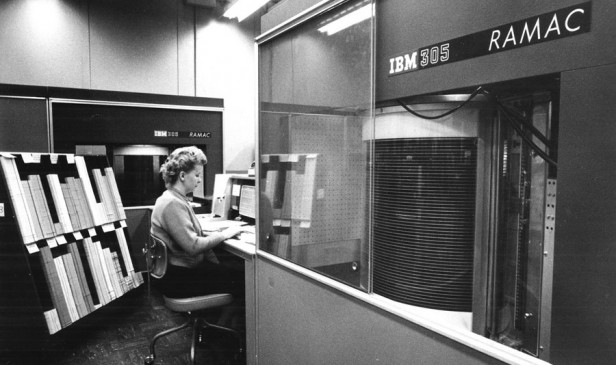
IBM’s RAMAC (Random Access Method of Accounting and Control), an early computer designed for accounting, was introduced in 1956. The whole system was about the size of two side-by-side refrigerators and weighed about 10 tons. It contained the world’s first magnetic hard disk drive, capable of storing 10 megabits of information.

The Selectric was a very successful line of electric typewriters introduced by IBM in 1961. Instead of type bars, it featured a type ball that rotated and pivoted before hitting the paper, moving from left to right across the page. Some later models also included magnetic tape storage.

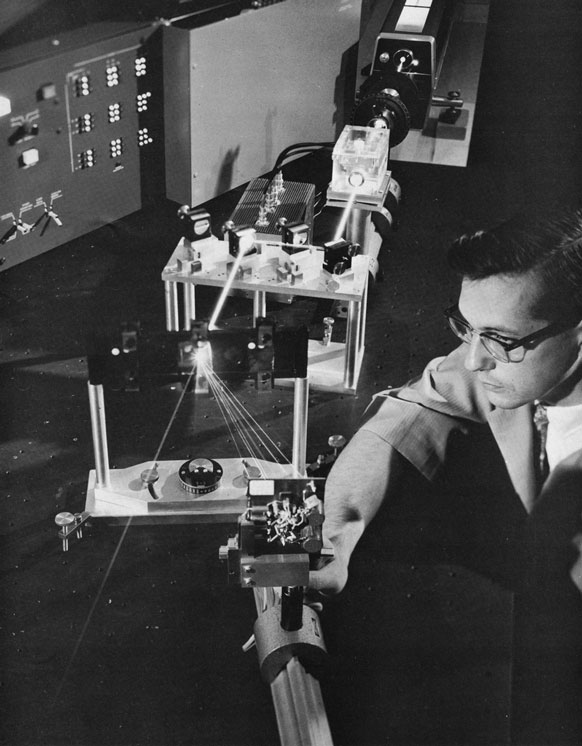
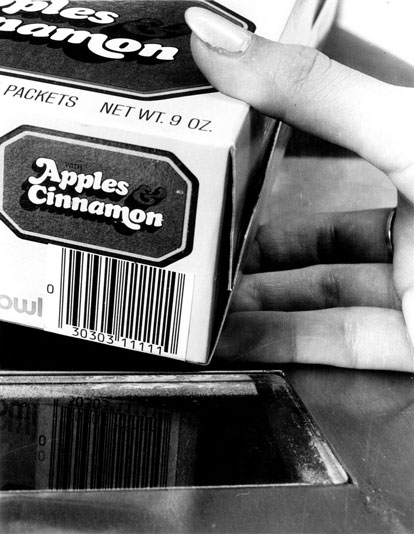
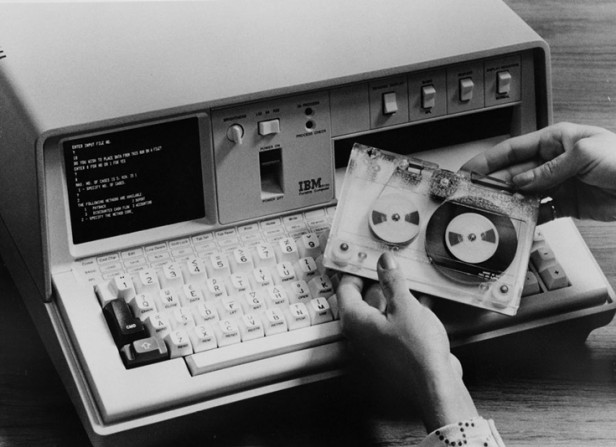
IBM introduced the 5100 Portable Computer in September 1975. The machine weighed around 50 pounds and was a little larger than a typewriter. Though it may appear clunky compared with today’s computers, the 5100 was significantly smaller than the era’s other computers with similar capabilities; it could use both the APL and BASIC programming languages and could be equipped with up to 64 kilobytes of memory. Fully loaded, the 5100 cost around $20,000.
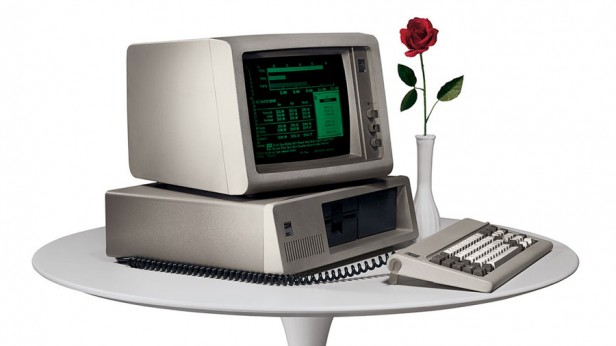
The IBM Personal Computer, introduced in 1981, helped bring computing to people other than scientists, accountants, and hobbyists. It was one of the most successful early PCs.
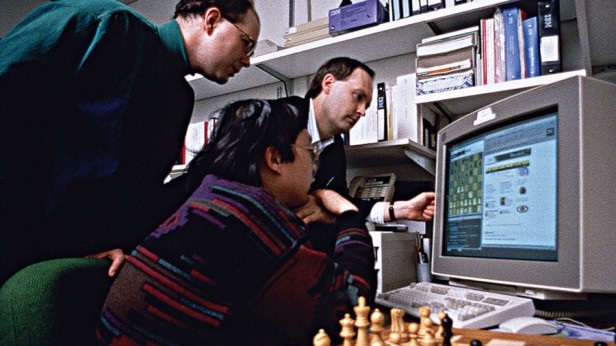

Author
From our advertisers
- In association with IntelGetting smart about the future of AI
- Autonomous driving: Safety first
- Produced in association with IBMOptimizing the engineering life cycle requires digital transformation